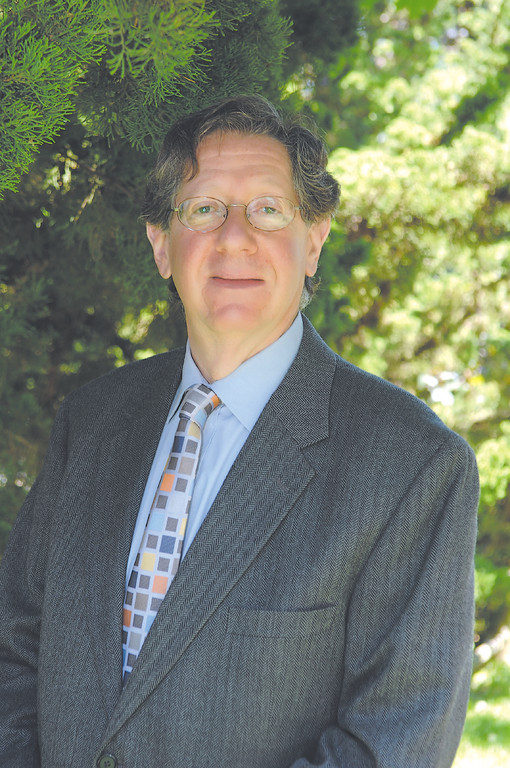The Kosher Bookworm: The Hirsch Legacy Continues To Live On
A legacy that lives on is, to this writer, sure proof as to the legitimacy of that person’s faith and ideological message.
When it comes to Rabbi Samson Raphael Hirsch, that legacy lives today in the continued publishing of his writings and teachings.
This serves as an everlasting testament to his brave life-long struggle in defense of traditional Judaism, in the face of an ongoing attempt to denude the Jewish faith of its G-d centered beliefs.
This past season has witnessed the publication, in English translation, of Rabbi Hirsch’s essays in volume nine of the “Collected Writings of Rabbi Samson Raphael” [Feldheim, 2012].
Subtitled “Timeless Hashkafah,” this collection of essays presents more of Rabbi Hirsch’s ideological views that, when taken together with his previous writings, points to a towering force of both argument and logic that further serves to reinforce his life-long stance in defense of his faith-based beliefs.
Within this work can be found the following essays that deserve your attention, especially at this time of year of the omer that leads into the feast of Shavu’ot.
Naphtulei Niphtalti – a refutation of Reform ideological rationales consisting of a series of essays totaling a hundred pages of tightly written and annotated teachings that serve, within a modern intellectual context, to present a rational and coherent presentment of the basis for our traditional beliefs and a respectful refutation of the Reform ideology.
Rabbi Hirsch’s basic ideology, “Torah Im Derech Eretz,” refutes the arguments of Reform that traditional Judaism is incompatible with general education. He further extends his defense of the faith by invoking the life’s work of German philosopher Johann Friedrich Schiller as affirming Judaism’s basic tenets within the context of modern culture.
Among some of the other fascinating essays found in this work is one entitled, “Jewish Observations Relative to Remarks of a Protestant Concerning the Confession of the 22 Pastors from Bremen.” This served as a response by Rabbi Hirsch to an attack, in writing, by Protestant pastors upon the Jewish faith. This response was received enthusiastically by the local Grand Duke for having preserved the honor of the Bible. Within the logic of this essay can be found a strong expression against anti-Semitism and a defense of Torah-true Judaism. Consider the following from Rabbi Hirsch:
“Jewish ideology does not teach destroying the earth to reach the heavens, but rather lifting up the earth toward heaven. It teaches that all earthly endeavors of man are to be a sanctuary unto G-d, that all the earth be raised into an altar of G-d, and that G-d’s glory descend upon earth. Heaven and earth are no longer to be contrasts; heaven and earth are to embrace; life to come is to blossom already on earth, Jewish pride consists not in overcoming death but in rising above earthly life, and adorning an earthly, fleeting life with heavenly, eternal blossoms.”
Other more time-based essays found herein are as follows:
“Outrage in Hamburg” consisting of a criticism of the Jewish community’s response to a forbidden marriage, thereby highlighting the need for the establishment of an independent orthodox communal structure;
“Battle of the Nations,” a speech marking the 50th anniversary of the defeat of Napoleon by a coalition of Russia, Prussia, and Austria, marking the beginning of the end of the reign of Napoleon. Rabbi Hirsch notes this anniversary, yet he also reminds us of the crucial role that Napoleon played in the liberation of European Jewry from feudal servitude.
Some of these later observations appear quaint to us today, given the unfortunate perspective that their words now represent as we consider the Holocaust that was to come, and make them almost meaningless within the context of European Jewish history. Such is the world that Rabbi Hirsch lived in, and actively responded to, in defense of his people and the integrity of their faith. Thus was, and still is, his legacy, as witnessed by the continued publication of his works.
I would like to make note of another book recently published, based upon the teachings of Rabbi Hirsch and based directly upon this writing, dealing with Jewish education. Entitled, “The Joy of Educating Children: A Practical Guide for Jewish Parents,” this work consists of 14 chapters that deal with the following topics:
Education in the years of infancy, teaching by personal example, creating and preserving a positive outlook, the art of being good – practice makes perfect, and educating for the future.
Other essays deal with the role of the parents, the joy in fulfilling mitzvot and the collaboration between home and school.
All these teachings are culled from Hirsch’s Yesodot HaChinuch and the Collected Writings published by the Rabbi Joseph Breuer Foundation.
I conclude with the following observation made by Rabbi A. Buchner in his introduction to this work:
“Mainly because of Rabbi Hirsch’s influence and teachings, Sara Schenirer founded the famous ‘Bais Yaakov’ seminary for girls, which continues to nobly serve our nation.
In Vienna, Sara Schenirer learned Rabbi Hirsch’s ‘Torah of Education’ from one of his disciples……which successfully spread his teachings throughout Eastern Europe.”
Such was and still is the legacy of Rabbi Samson Raphael Hirsch.

 55.0°,
Mostly Cloudy
55.0°,
Mostly Cloudy 







